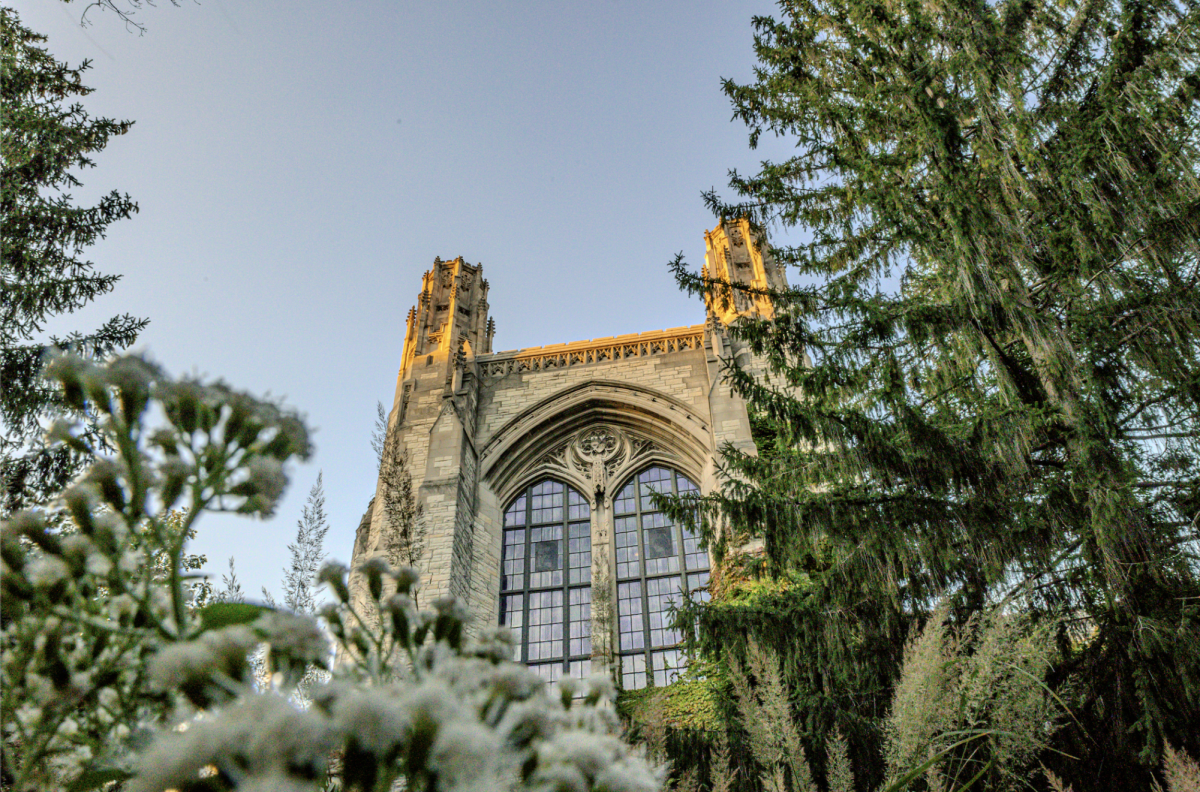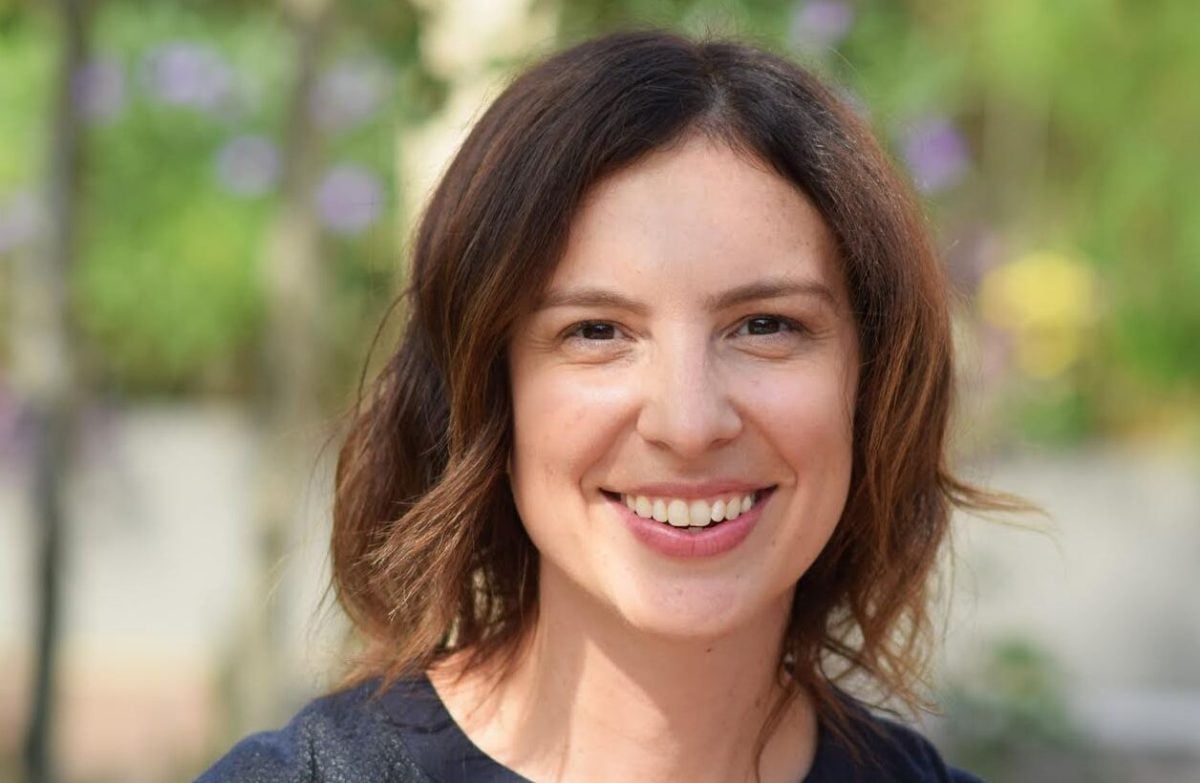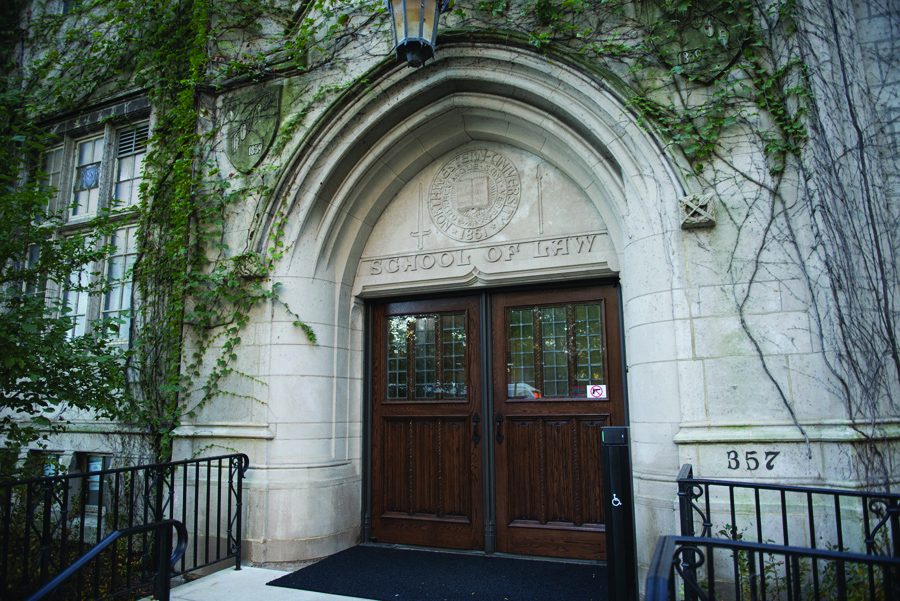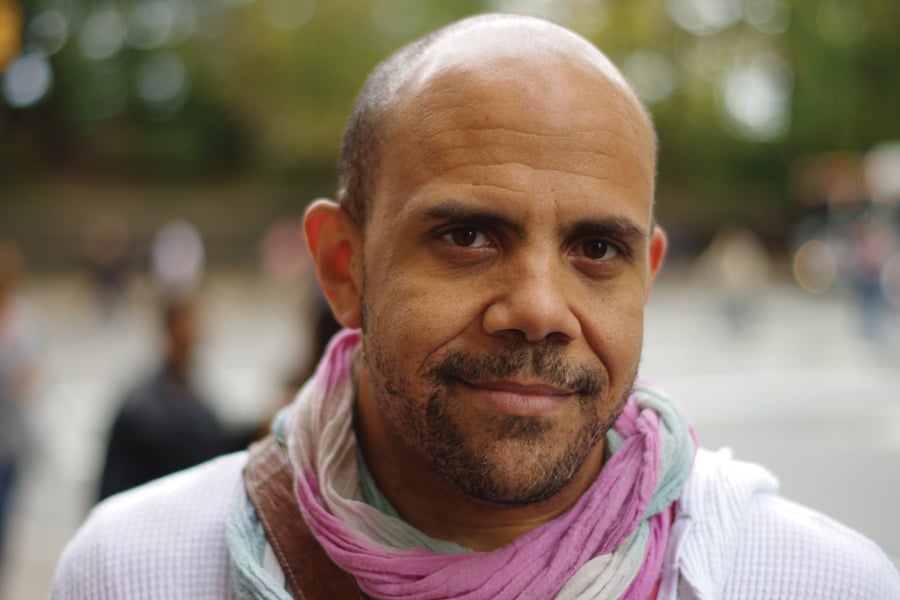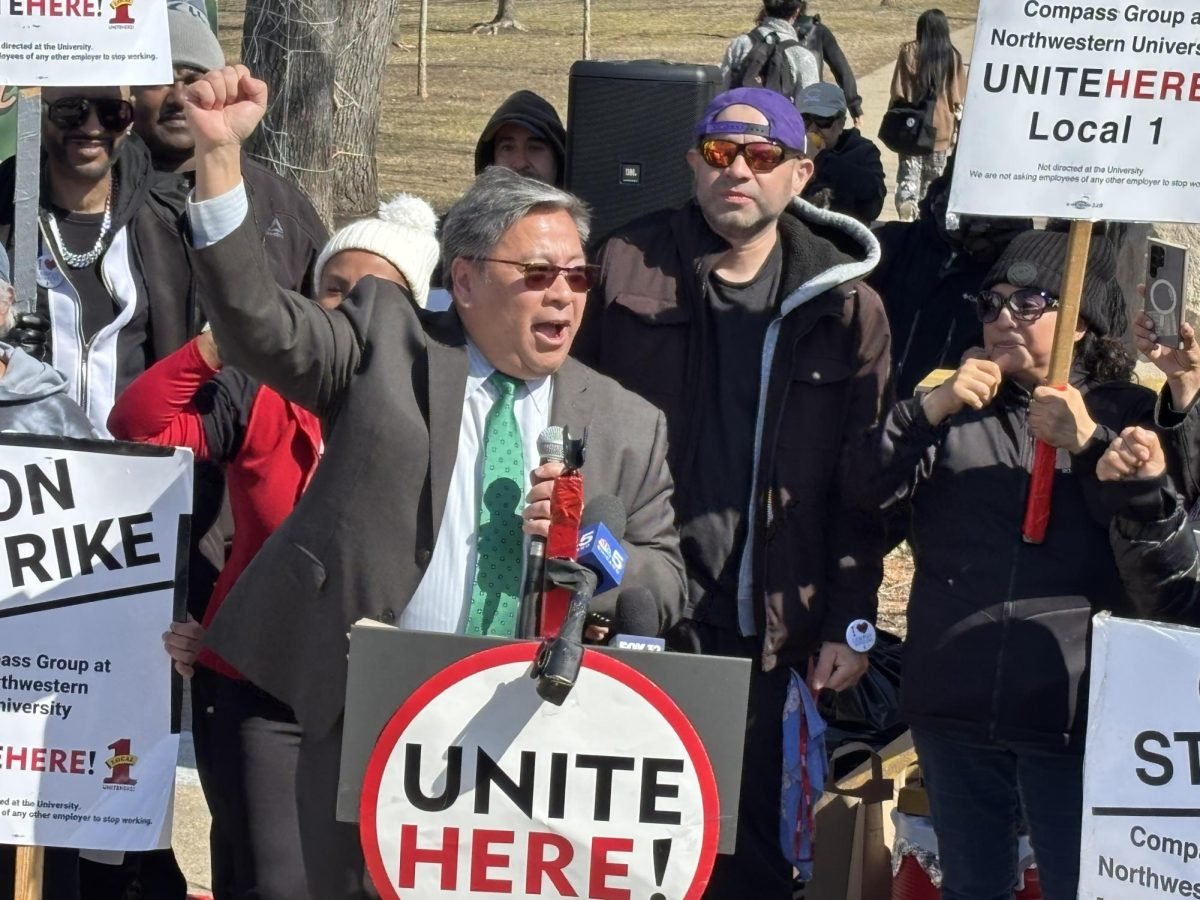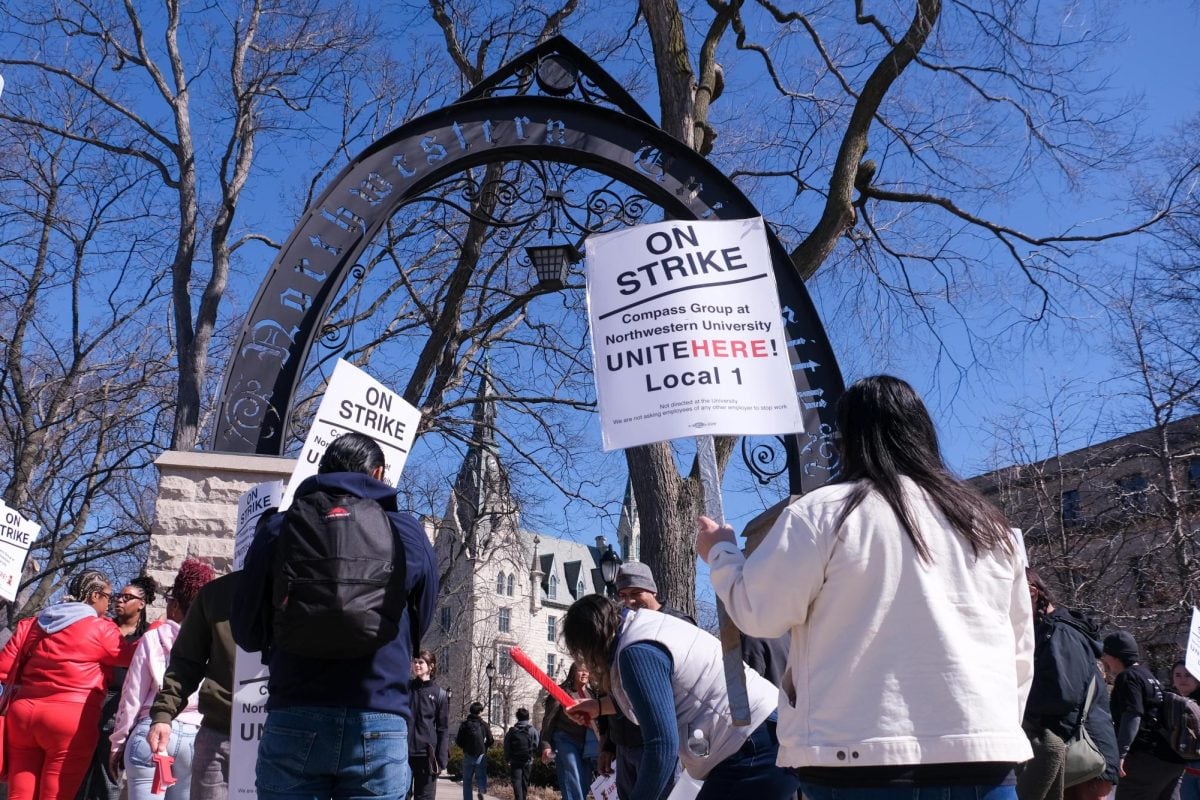A Northwestern preventative medicine professor presented findings Monday afternoon on new research that found white people tend to sleep longer than minority ethnic groups.
The Institute for Policy Research sponsored the presentation on sleep and race by Feinberg Prof. Mercedes Carnethon, at Chambers Hall.
Carnethon, also an associate IPR faculty member, presented to about 50 people data from the Chicago Area Sleep Study, a four-year research project she took part in.
The study focuses on participants of white, black, Hispanic and Asian descent, mostly from within Chicago, who do not suffer from sleep apnea or other sleep disorders. Due to a low number of Asian participants from the city, the study also spread to the suburbs.
On average, blacks and Hispanics tend to be shorter sleepers, Carnethon said, getting in an average of 6.8 and 7 hours of sleep per night, respectively. Whites tend to sleep more, averaging 7.4 hours per night, and Asians, for reasons still unknown, are less likely to be long sleepers, she said.
When asked why blacks tend to get less sleep, Carnethon responded that other factors, in particular body mass index and obesity, must be taken into account as well as race.
“It is difficult for us to determine what is leading to what,” she said. “With regard to where race falls here, it is equally unclear to me how to set a model up.”
Regardless of whether the mean sleep duration and percentage was adjusted, the results were about the same, with blacks sleeping the least and whites sleeping the most, Carnethon said.
The study excluded people with sleep-related disorders and those who use prescription and over-the-counter sleep medication but took into account cardiovascular risks, health behaviors and psychological factors, socioeconomic characteristics, and the physical and social aspects of neighborhoods. Carnethon said researchers also began an analysis of how neighborhoods can contribute to sleep, focusing on the sources of noise in a neighborhood as well as the social environment. This part of the study has not yet been completed.
Although living in the inner city was associated with less sleep and more daytime sleepiness compared to suburban living, noise features had little effect on the sleep patterns of all the races in the study, she said. Those in poverty-stricken neighborhoods did however report less sleep, she said.
Overall, Carnethon said there is a weak association between noise and poverty with the amount of sleep the participants get in unadjusted analyses, and more studies need to be done to account for individual and household factors, as well as crime. The main issue with crime, she said, is the difference between actual crime and perceptions of it.
“Sometimes people living in high-risk neighborhoods are numb to the crime, so it doesn’t affect their sleep,” she said.
Tanya Tang, a fourth-year graduate student in the Department of Statistics, said she was interested in the lecture because of similarities to her own research.
“It was pretty interesting,” Tang said. “It relates to my research because I’m studying for (American Community Survey) neighborhood statistics estimation.”
Mollie McQuillan, a first-year graduate student in human development and social policy, said the new research made her think about the topic of sleep in a different way.
“There seems to be a lot going on around campus about sleep, so adding racial factors creates a new perspective,” McQuillan said.


